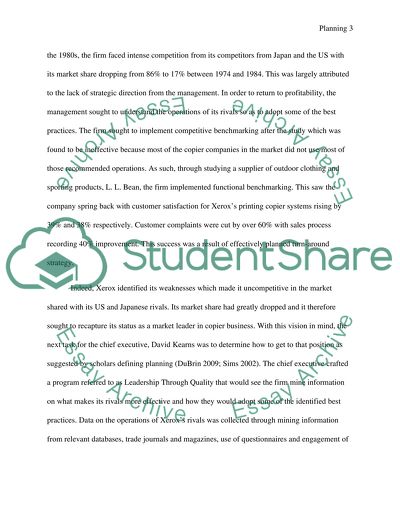Cite this document
(“Organisational Behaviour Resit Assignment Essay”, n.d.)
Organisational Behaviour Resit Assignment Essay. Retrieved from https://studentshare.org/macro-microeconomics/1460156-organisational-behaviour-resit-assignment
Organisational Behaviour Resit Assignment Essay. Retrieved from https://studentshare.org/macro-microeconomics/1460156-organisational-behaviour-resit-assignment
(Organisational Behaviour Resit Assignment Essay)
Organisational Behaviour Resit Assignment Essay. https://studentshare.org/macro-microeconomics/1460156-organisational-behaviour-resit-assignment.
Organisational Behaviour Resit Assignment Essay. https://studentshare.org/macro-microeconomics/1460156-organisational-behaviour-resit-assignment.
“Organisational Behaviour Resit Assignment Essay”, n.d. https://studentshare.org/macro-microeconomics/1460156-organisational-behaviour-resit-assignment.


